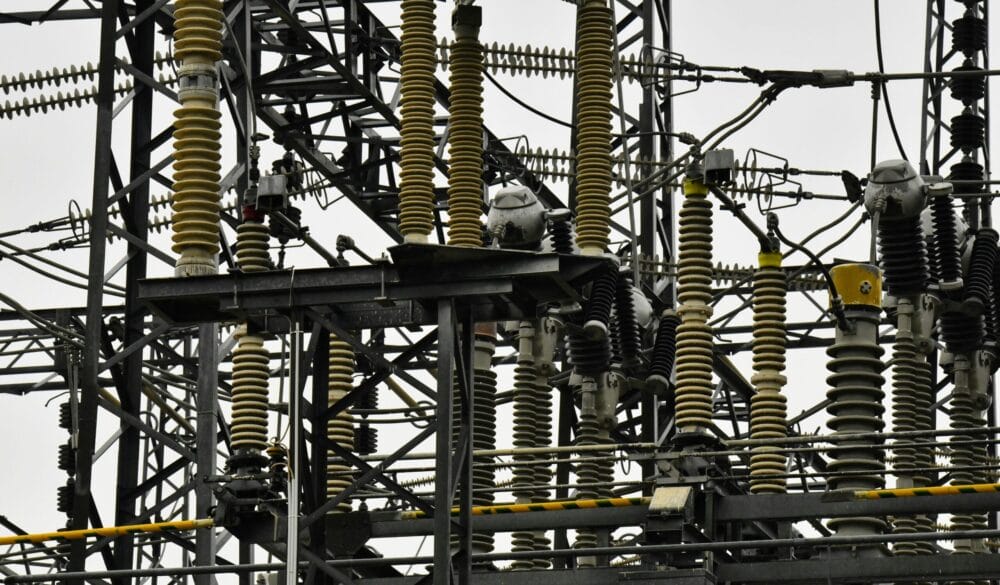In the intricate web of the modern electrical grid, substations stand as vital nodes, ensuring the smooth transmission and distribution of electricity across vast networks. These engineering marvels serve as crucial intermediaries between power plants and end-users, playing a pivotal role in regulating voltage, transforming electrical currents, and maintaining the reliability of the grid. As we delve into the world of substation construction, it becomes apparent that these facilities are not just physical structures but the very lifelines of our electrified society.
Understanding Substations:
At its core, a substation is a facility designed to switch, convert, or regulate electrical voltage. It acts as a crucial link between the high-voltage transmission lines that carry electricity over long distances and the lower voltage distribution lines that deliver power to homes, businesses, and industries.
Substations serve several essential functions within the electrical grid, including voltage transformation, circuit protection, and power factor correction. They enable the efficient transmission of electricity over long distances by stepping up voltage levels for transmission and stepping down voltage levels for distribution to end-users. Additionally, substations play a vital role in isolating faults and protecting the grid from disruptions caused by electrical overloads or short circuits.
Types of Substations:
Substations come in various shapes and sizes, each tailored to specific requirements based on their location within the grid and the level of voltage they handle. Broadly classified, substations can be categorized into transmission substations, distribution substations, and switching substations.
- Transmission Substations: These substations are situated at key points along high-voltage transmission lines and are responsible for stepping up voltage levels for long-distance transmission. Transmission substations typically operate at voltages ranging from 69 kV to 765 kV and play a critical role in ensuring the efficient transfer of bulk power across regions.
- Distribution Substations: Positioned closer to end-users, distribution substations step down high-voltage electricity from transmission lines to lower voltage levels suitable for local distribution. They serve residential, commercial, and industrial areas, delivering electricity at voltages ranging from 4 kV to 35 kV.
- Switching Substations: Switching substations act as intermediaries within the grid, allowing for the rerouting of power flow and facilitating maintenance operations. These substations incorporate switching equipment such as circuit breakers and disconnect switches to control the flow of electricity and manage grid reliability.
The Construction Process:
Building a substation involves a meticulous process that encompasses site selection, design, construction, and commissioning. The complexity of substation construction necessitates collaboration among engineers, designers, project managers, and skilled laborers to ensure adherence to safety standards and regulatory requirements.
- Site Selection: The first step in substation construction involves identifying suitable locations based on factors such as proximity to transmission lines, land availability, environmental considerations, and community impact assessments.
- Design and Engineering: Once a site is selected, engineers and designers develop detailed plans outlining the layout, equipment specifications, and electrical configurations of the substation. Design considerations include factors such as electrical load requirements, transformer sizing, switchgear selection, and safety features.
- Construction and Installation: With design plans finalized, construction crews commence site preparation activities, including grading, foundation installation, and fencing. The installation of electrical equipment, including transformers, circuit breakers, and control systems, follows structural completion. Skilled electricians and technicians meticulously wire and interconnect equipment to ensure seamless operation and reliability.
- Testing and Commissioning: Upon completion of construction, rigorous testing and commissioning procedures are conducted to verify the functionality and performance of the substation. Tests include insulation resistance tests, circuit breaker operation tests, and transformer load tests. Once deemed operational, the substation is integrated into the grid, ready to fulfill its role in the transmission and distribution of electricity.
Conclusion:
In the dynamic landscape of the electrical grid, substations emerge as indispensable components that enable the efficient and reliable transmission of electricity from generation sources to end-users. Through meticulous planning, design, and construction, and guidance from a substation construction company, substations embody the fusion of engineering ingenuity and technological innovation. As we embark on the journey of substation construction, we recognize not only the tangible infrastructure but also the intangible connections that power our modern world.








